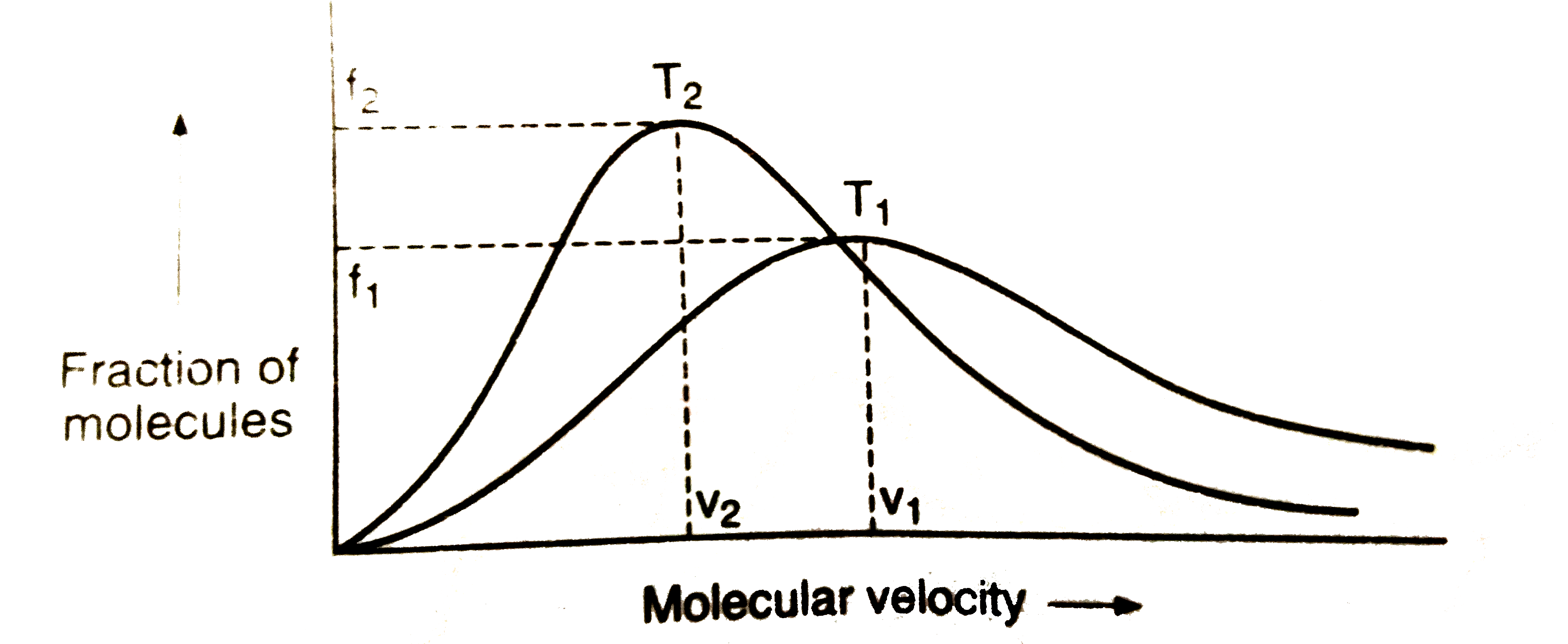Complete Solutions to Illustration of chapter STATES OF MATTER (GASES AND LIQUIDS) of Class 11 book with complete answers and questions
| Class 11 | CHEMISTRY |
| Chapter | STATES OF MATTER (GASES AND LIQUIDS) |
| OP TANDON | Illustration |
| Number Of Questions | 30 |
| Academic Year | 2023-24 |
2.5 L of a sample of a gas at `27^(@)C` and 1 bar pressure is compressed to a volume of 500 mL keeping the temperature constant, the precentage increase in the pressure is:
View SolutionWhich of the following gases will have density of `1.8 g L^(-1)` at 760 torr pressure and `27^(@)C`?
View Solution`10 g C_(2) H_(6)` is filled in a bulb of 1 litre capacity which can withsand a maximum pressure of 10 atm. At what temperature will the pressure of gas reach the bursting limit ?
View SolutionThe vapour of phosphine gas at `27^(@)C` and 3 bar pressure has density:
View SolutionCoefficient of volume expansion of a gas is:
View SolutionA gas has a vapour density 11.2. The volume occupied by gram of the gas at STP will be:
View SolutionWhen a gas is heated from `25^(@)C " to " 50^(@)C` at constant pressure of 1 bar, its volume :
View SolutionThe molecular weights of two ideal gases A and B are respectively 100 and 200. One gram of A occupies V litre of volume at STP. What is the volume (in litre) occupied by one gram of B at STP ?
View SolutionA bubble of volume `V_(1)` is at the bottom of a pond at `15^(@)C` and 1.5 atm pressure. When it comes at the surface, it observes a pressure of 1 atm at `25^(@)C` and has volume `V_(2)`, give `((V_(2))/(V_(1)))`:
View SolutionA gas with molecular formula `C_(n)H_(2n + 2)` diffuses through a porous plug at a rate `1//6th` of the rate of diffusion of hydrogen gas under similar condtition. The formula of the gas is:
View SolutionUnder similar conditions which of the following gases will diffuse four times as quickly as oxygen ?
View SolutionThe rates of diffusion of hydrogen and deuterium are in the ratio:
View SolutionThe time taken for effusion of 64 mL of oxygen will be as the time taken for the effusion of which of the following gases under identical conditions ?
View SolutionWhich of the following pairs of gses will have identical rate of effusion under similar conditions ?
View SolutionTwo gases bulbs `A` and `B` are connected by a tube having a stopcock. Bulb `A` has a volume of `100 mL` and contains `H_(2)` gas . After opening the gas from `A` to the evacuated bulb `B` , the pressure falls down by `40%`. The volume `(mL) of `B` must be
View SolutionAt what temperature root mean sqaure of `N_(2)` gas is equal to that of propance gas at `STP` conditions.
View SolutionAt what temperature is the kinetic energy of a gas molecule half of its value at `327^(@)C`?
View SolutionThe root mean square speed fo molecules of nitrogen gas is `v` at a certain temperature. When the temperature is doubled, the molecules dissociate into individual atoms. The new rms speed of the atom is:
View SolutionPlot of Maxwell's distribution of velocities is given below:

which of following is correct ?
View SolutionAt what temperature is the rms speed of `H_(2)` molecules the same as that of oxygen molecules at `1327^(@)C` ?
View SolutionIn the temperature of 1 mole of a gas is increased by `50^(@)C`. Calculate chagne in kinetic energy:
View SolutionAt same temperature, calculate the ratio of average velocity of `SO_(2) " to " CH_(4)`:
View SolutionIf the most probable velocity of methane at a certain temperature is `400 ms^(-1)`, the kinetic energy of one mole of methane at the same temperature in J is:
View SolutionAt high temperature and low pressure the van der Waals equation is reduced to .
View SolutionThe constant 'a' in van der Waal's equaton is maximum in:
View SolutionA gas described by van der Waal's equation:
View Solutionvan der Waal's constants of two gases X and Y are as given:
`{:(,a ("litre - atom " mol^(-2)),b ("litre " mol^(-1)),),("Gas X"," "5.6," "0.065,),("Gas Y"," "5.1," "0.012,):}`
What is correct about the two gases ?
View SolutionSelect the correct statement about van der Waal's constant 'b'
1. It is excluded volume
2.Its unit is mol `"litre"^(-1)`
3. It depends on intermolecular force
4. Its value depends on molecular size
View SolutionGases X, Y, Z, P and Q have the van der Waal's constants 'a' and 'b' (in CGS units) as shown below:
`|{:(,X,Y,Z,P,Q),(a,6,6,20,0.05,30),(b,0.025,0.15,0.1,0.02,0.2):}|`
The gas with the highest critical temperature is:
View SolutionAt high pressure, van der Waal's equation becomes:
View Solution
Illustration questions and complete solutions for chapter STATES OF MATTER (GASES AND LIQUIDS) of G.R. BATHLA & SONS CHEMISTRY (HINGLISH) of Class 11